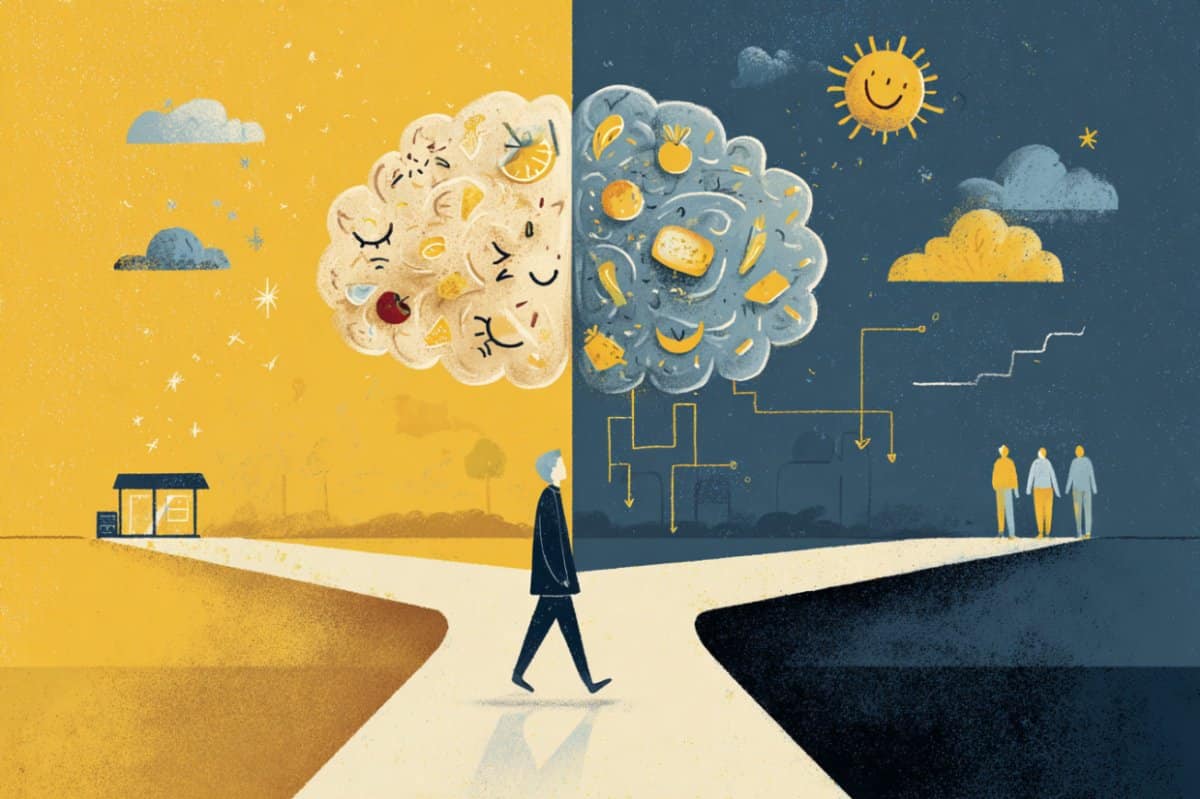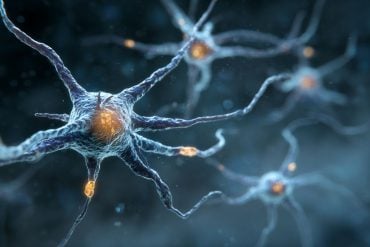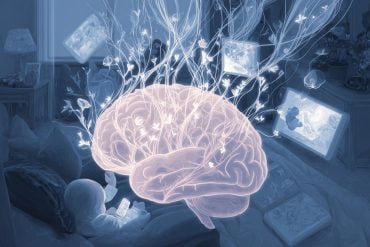Summary: A new study shows that brain health is closely tied to lifestyle choices, with positive habits making brains appear years younger than their chronological age. Researchers followed adults, many with chronic pain, and found that optimism, restorative sleep, social connections, and stress management strongly protected against accelerated brain aging.
MRI scans revealed that participants with the most protective factors had brains up to eight years younger than expected. These results suggest that lifestyle habits can measurably slow brain aging and strengthen resilience even in vulnerable groups.
Key Facts
- Brain Age Gap: A measure comparing MRI-based “brain age” to real age shows lifestyle impacts.
- Protective Factors: Good sleep, optimism, stress management, and social support slowed brain aging.
- Measurable Benefit: Brains looked up to 8 years younger in participants with healthy habits.
Source; University of Florida
Your chronological age may say 65, but your brain could be acting a decade younger — or older — depending on your life experiences.
That’s the message from a new study by University of Florida researchers, who found that optimism, good sleep, social support and other positive factors were strongly linked with healthier brains. The findings suggest that how people live and cope with stress can measurably influence the pace of brain aging, even in those living with chronic pain.
“These are things that people have some level of control over,” said Jared Tanner, Ph.D., a research associate professor of clinical and health psychology at the University of Florida who helped lead the new study.
“You can learn how to perceive stress differently. Poor sleep is very treatable. Optimism can be practiced.”
The research followed 128 middle-aged and older adults, most with chronic musculoskeletal pain associated with or at risk of knee osteoarthritis, for two years. Using MRI scans analyzed by a machine learning system, the team estimated each participant’s “brain age” and compared it to their actual chronological age. This brain age gap between the two served as a measure of whole-brain health.
Stressful factors like chronic pain, low income, less education and other social risks were associated with older-looking brains. Those links seemed to make less of an impression over time. What stood out more clearly were protective elements: things like getting restorative sleep, maintaining a healthy weight, managing stress, avoiding tobacco and having supportive relationships.
Study participants who reported the most protective factors had brains eight years younger than their chronological age when the study started, and their brains went on to age more slowly over the next two years.
“The message is consistent across our studies, health promoting behaviors are not only associated with lower pain and better physical functioning, they appear to actually bolster health in an additive fashion at a meaningful level,” said Kimberly Sibille, Ph.D., an associate professor of physical medicine and rehabilitation at UF and senior author of the report.
Sibille and Tanner, along with colleagues across UF and at other institutions, published their findings Sept. 11 in the journal Brain Communications.
Scientists have long known that older brains are more vulnerable to problems like memory loss, dementia and Alzheimer’s disease. Traditionally, brain research has focused on individual regions. But since pain, stress and life experiences affect many parts of the brain at once, the brain age gap — the difference between a person’s age and how old their brain looks in brain scans — provides a single, whole-brain snapshot that captures those complexities.
Although the study focused on people living with chronic pain, it’s likely that factors like lower stress, social support and quality sleep serve to slow brain aging in other populations as well.
“Literally for every additional healthy promoting factor there is some evidence of neurobiological benefit,” Sibille said. “Our findings support the growing body of evidence that Lifestyle is medicine.”
About this brain aging research news
Author: Eric Hamilton
Source: University of Florida
Contact: Eric Hamilton – University of Florida
Image: The image is credited to Neuroscience News
Original Research: Closed access.
“More than chronic pain: behavioral and psychosocial protective factors predict lower brain age in adults with/at risk for knee osteoarthritis over two years” by Jared Tanner et al. Brain Communications
Abstract
More than chronic pain: behavioral and psychosocial protective factors predict lower brain age in adults with/at risk for knee osteoarthritis over two years
The interplay between chronic musculoskeletal pain and brain aging is complex. Studies employing machine learning models to assess relationships between brain age and chronic pain generally show higher chronic pain severity associates with older brain age.
Analyses to date have not considered individual and community level socioenvironmental risk factors or behavioral/psychosocial protective factors as potential modifiers of cross-sectional and longitudinal brain age. This study aimed to elucidate the relationships between chronic pain, socioenvironmental risk, behavioral/psychosocial protective factors, and brain aging.
The sample comprised 197 adults (Men:Women = 68:129) from a prospective observational cohort study. Most individuals reported knee pain and were with/at risk for osteoarthritis. A subset of 128 participants (Men:Women = 41:87) completed a follow-up MRI session at two years and were included in the longitudinal analysis (Aim 2).
Participants were 45–85 years of age and self-identified as non-Hispanic Black or non-Hispanic White. Data collected included demographics, health history, pain assessments, individual and community-level socioenvironmental factors (education, income, household size, marital and insurance status, and area deprivation index) coded as a summative socioenvironmental risk variable, and behavioral/psychosocial factors (tobacco use, waist circumference, optimism, positive and negative affect, perceived stress, perceived social support, sleep) coded as a summative behavioral/psychosocial protective factor variable.
Structural MRI data was used to estimate brain age applying a machine learning approach (DeepBrainNet). Cross-sectional analyses utilized regression and analysis of variance, while longitudinal analyses utilized a linear mixed model.
Higher chronic pain stage and socioenvironmental risk associated with an increased brain age gap (the difference between chronological age and predicted brain age). Participants who had higher socioenvironmental risk had brains that were about three years older than participants with lower risk.
Having more behavioral/psychosocial protective factors correlated with a lower brain age gap; participants with higher behavioral/psychosocial protective factors had brains that were over three years younger than participants with fewer behavioral/psychosocial protective factors.
Longitudinally, higher baseline behavioral/psychosocial protective factors associated with lower brain age over the two-year span, beyond the effects of chronic pain stage and socioenvironmental risk.
Our findings show behavioral/psychosocial protective factors may counteract neurobiological aging and help buffer the brain from chronic pain.







